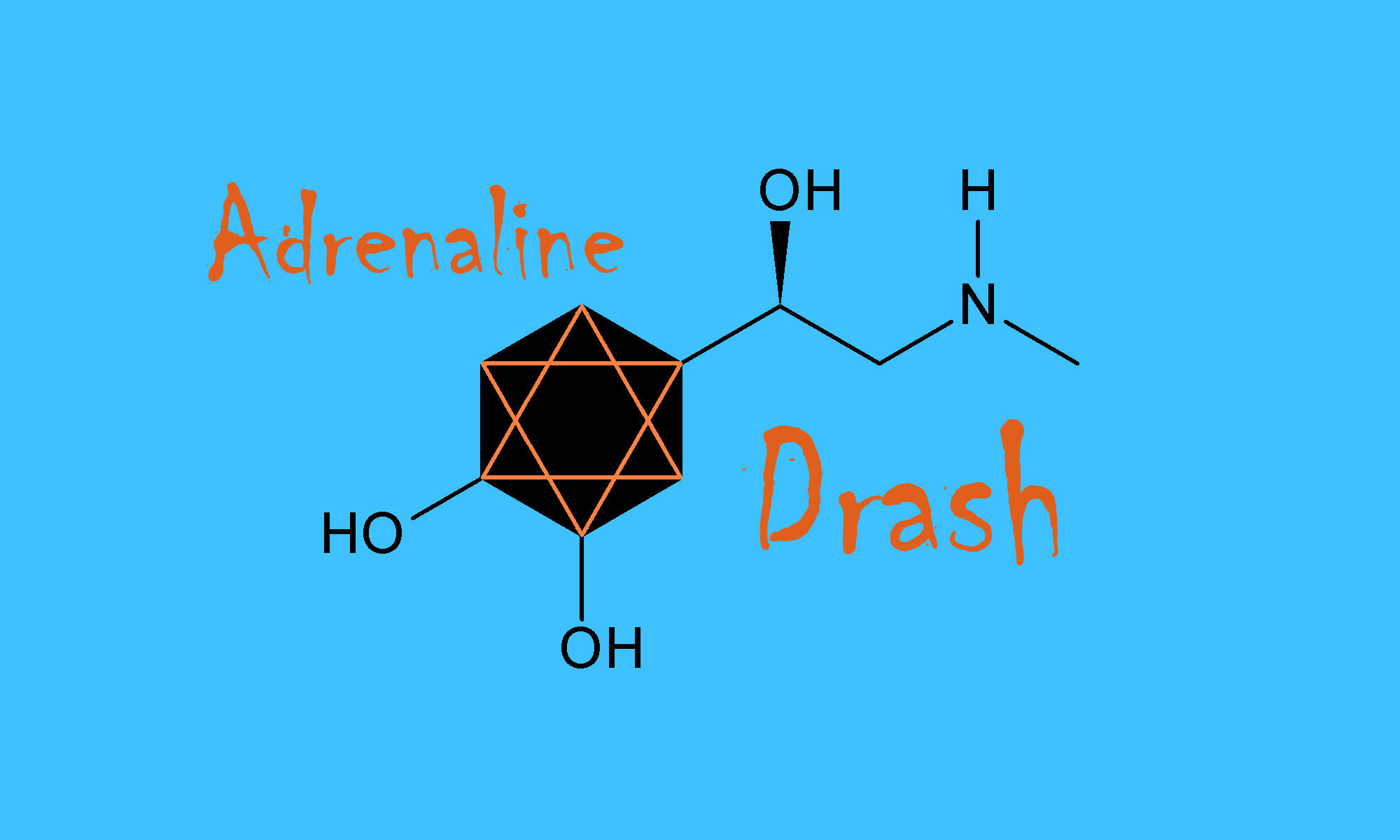Every year, rabbis across the country approach Tisha B’av by reciting the same narrative. The destruction of the Second Temple in the first century inflicted a horrific trauma on Jews everywhere; we must remember and thank the rabbis for saving Judaism by gathering in the enclave of Yavneh to reconstruct it.
Wrong. And wrong.
There can be no doubt that Jews who lived in the war zone experienced the horrors of a brutal war. There can be no doubt that those who witnessed the destruction of Jerusalem would have been profoundly traumatized. There is no reason to mitigate or downplay the anguish of human beings who were caught in the conflagration. War has its victims, and they must be honored.
But I want to revisit the history of this time (yes, again). Most Jews were not living in the war zone. By the time the Second Temple was destroyed, Jews had been living in the Diaspora for centuries. They created communities everywhere they went—in Egypt, in Rome, on the North African coast, in Cyprus, Greece, the Aegean Islands, in Asia Minor. Synagogues and other community institutions served a wide range of functions: from fundraising to adjudicating the emancipation of slaves to offering meeting space for burial societies. The Temple in Jerusalem and its sacrificial rites were far away and had almost no impact on individual Jews or the communities they belong to.
Second Temple Jews paid their half-shekel to the Temple; that was an important obligation worth fulfilling and defending. But almost all diaspora literature leaves the Temple wholly unmentioned for a reason: the Temple was not central to Jewish writers — biblical characters were.
Rabbis neither invented synagogues nor appear in the record as synagogue leaders. The rosh of a synagogue could be a woman. Or a non-Jew. In short: thriving Jewish communities existed across the Roman Empire and they found a multitude of ways to express their identity, to practice their rituals, to study their texts, and to celebrate their festivals. They did all these things without any rabbis in attendance. The rabbis didn’t need to “save” Judaism. Jews were happily practicing it.
Jews of the so-called “rabbinic period” of the post-Second Temple period were hardly influenced by the rabbis. Archival records of the period do not refer to Jewish law. Neither do they indicate that rabbis were called upon for either officiating at life-cycle events or solving legal matters.
Jewish parents in the Roman Empire mostly gave their children Greek names and wrote their legal documents in Greek. Synagogues were not always built so that worshippers would be facing Jerusalem as they recited prayers, and they featured imagery based on pagan motifs and alluding to pagan deities. Jews were living Jewish lives, all right, but those lives were not subject to rabbinic definitions or rabbinic authority.
Jewish identity was then, as it is today across North America, diverse and multifaceted. There is no evidence of the deep and lasting fear of assimilation so often expressed by the rabbis of the modern era. Rather, Jewish life demonstrates a wholehearted embrace of creative Jewish experience in the light of what was—at that time—global culture.
Berel Lang notes that Jews of our own time are “hyphenated creatures.” Yes, they are often intermarried. Yes, they may come in various ethnic iterations. The diversity of Judaism can and should not be contained or qualified: it is enhancing and expanding us.
So what might we tell ourselves at this time of year, which is devoted to acknowledging the painful aspects of our history. Jews were expelled from England and from Spain on Tisha B’Av. The Warsaw ghetto was liquidated on this day. The destruction of the Jerusalem Temple is one of many catastrophes we mark.
Many of us have been overcome in recent months and even in recent years by a profound hopelessness and deep despair. We have seen plentiful evidence of the sinat hanim, baseless hatred at work, a hatred the rabbis claim caused the catastrophe of the first century.
We could – and should — honor our grief: we have lost millions to the pandemic, we have experienced disruption and dislocation, we are challenged by multiple assaults on our freedoms. We cannot unsee the devastation of civilian life in Gaza at Israel’s hands. The list of painful realities is a long one.
Still, as it was for the Jews of the first century, the capacity to save Judaism and ourselves remains ours to realize.







